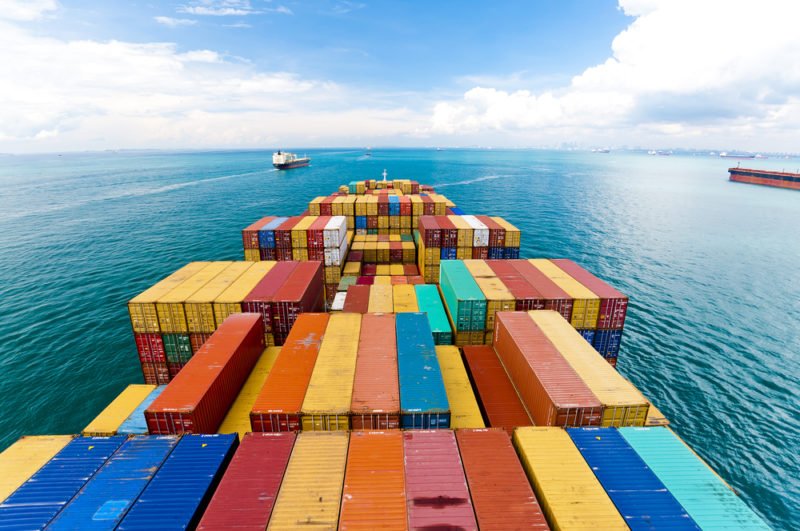A container ship over a quarter-mile-long is at the centre of a global shipping and logistics crisis after it ran aground in the Suez Canal, blocking traffic and choking a critical global trade artery, CNN reported. With 200 vessels stuck in a jam, commentators say it could be weeks before it is cleared.
Suez Blockage Adds To Global Shipping Woes.
But the distress in the global supply chains could be traced back to months before Ever Given’s arrival on the scene this week. The costs of moving goods around the world were increasing with resultant shortages of everything at a time of high demand. According to commentators, if the key route between West and East were to remain closed for weeks, matters would become much worse. Diversions to other routes would heavily burden businesses that were faced with container shortages, capacity constraints and congestion at ports.

The blockage of the canal would delay consumer goods shipments from Asia to Europe and North America and hit the movement of agricultural products in the opposite direction. The canal handles around 12% of global trade; among some 237 vessels waiting in the waters were dozens of container ships and oil tankers.
According to Bob Biesterfeld, CEO, C.H. Robinson, one of the largest logistics firms in the world, he had never seen the kind of convergence of constraints in supply chains seen now. In an interview with CNN Business, he said there were widespread bottlenecks across ocean, air and road transport. He added, it really had been unprecedented.
With shipping accounting for over 80% of global trade movements by volume, the supply chain costs had been escalating wildly. According to S&P Platts, globally, the average cost to ship a 40-foot container rose from $1,040 last June to $4,570 on March 1.
According to commentators, those costs added up. In February, they point out that the US seaborne goods imports’ total container shipping cost stood at $5.2 billion, as against $2 billion over the same month in 2020, as per S&P Global Panjiva.
These expenses would be expected to hit consumers with higher prices adding to rising inflation, which would spook Wall Street, already concerned over a sooner than expected hike in interest rates by the Federal Reserve.
Chris Rogers, a research analyst at S&P Global Panjiva, said these costs were mostly within the supply chains, but it was a matter of time before they were passed on to consumers. He added it was inevitable.
Global supply chains had taken a massive hit from the coronavirus last year, with factories closed temporarily due to lockdowns and widespread disruption of the normal trade flows. Global economic activity slowed to a crawl during the pandemic, but as global trade volumes bounced back, companies were caught off guard.
Even as manufacturing picked up, the demand from housebound consumers for a variety of goods, including televisions, exercise bikes and furniture, left suppliers stretched, making it difficult for consumers to buy the products they desired.
Manufacturers, too, found it difficult to secure crucial components. Auto majors, including Volkswagen and Ford, had found themselves forced to idle factories due to a global shortage of computer chips due to surging demand for gaming systems, smartphones other tech gadgets.
According to Gene Seroka, executive director at the Port of Los Angeles, a year ago, with the worldwide spread of the Covid-19 pandemic, which first hit China, global trade had slowed to a crawl. In a presentation this month, he added that it was the seventh month of a historic surge in imports on the back of unprecedented demand from American consumers.
US seaborne imports stood around 30% higher in February than in February 2020 and were up 20% in February 2019, as per S&P Global Panjiva.

